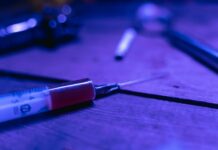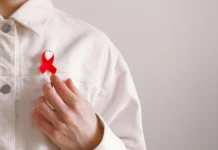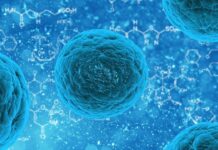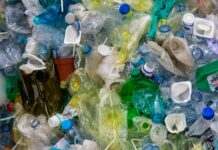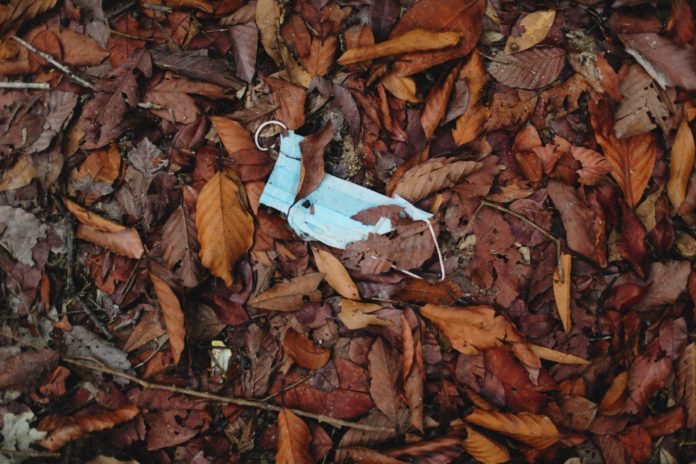Discarded single-use medical masks have already caused major problems for the environment, and thanks to a new study, we now know how they’re impacting wildlife as well. Using community science observations from around the world, the study pinpointed the main ways discarded medical masks can harm animals, and highlighting the need for strategies to mitigate these harms.
The research included contributions from Dalhousie University and the University of Guelph, and was published in Science of the Total Environment.
PPE poses risks for animals
With billions of single-use masks being discarded monthly around the globe, it likely won’t come as a surprise that personal protective equipment — or PPE — has become a major contributor to the world’s growing plastic problem. Recent studies have highlighted the impact PPE continues to have on everything from our community green spaces to our oceans.
The team behind the present study was interested in learning how discarded PPE is impacting animals in particular. Plastic pollution is already known to be particularly dangerous for wildlife, and single-use masks, gloves, and other PPE will only exacerbate this issue.
To learn more, the researchers collected and studied more than a hundred community science observations from 23 countries around the world. Many of these came from Birds and Debris — a community science platform where users can upload photos of birds entangled by plastics and other pollution — as well as observations posted on social media platforms.
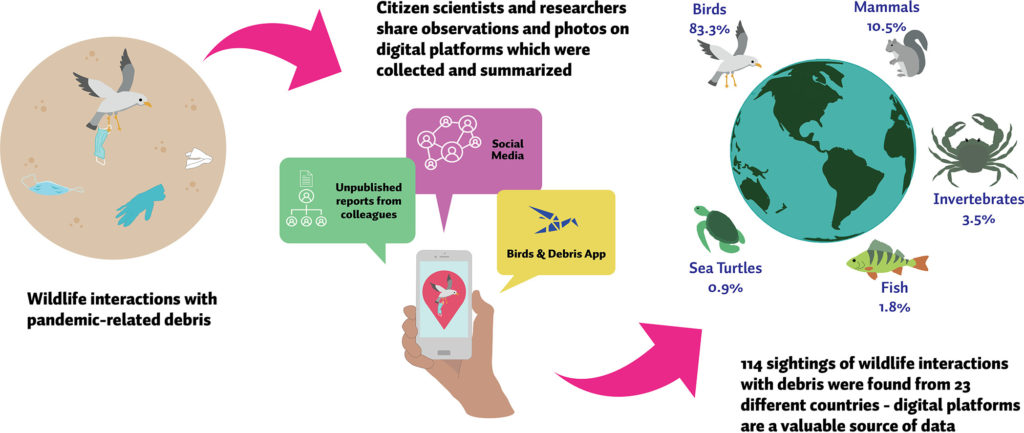
The majority of observations (83%) involved birds, while an additional 11% involved mammals. Invertebrates, fish, and sea turtles were also affected by discarded PPE.
The most common issue for wildlife was the risk of entanglement, which represented 42% of all observations the team analyzed. Also, 40% of observations involved cases where animals had used discarded PPE to build nests, which can later pose a risk of entanglement for newborn animals.
“Many birds build nests and they generally build them out of filamentous items, where that’s grass, twigs, moss or spider silk,” said Alex Bond, the senior curator in charge of birds at the Natural History Museum and co-author of the study, in a press release.
“Unfortunately, a lot of rubbish has the same characteristics, particularly objects like masks that have strings to loop around the ears. When that is incorporated into nests, it presents a significant entanglement risk to both adults and their chicks.”
Properly disposing of PPE can help
PPE has been crucial in stopping the spread of the COVID-19 pandemic, and will continue to be part of our daily lives for years to come. The authors hope that their results will urge policymakers to lay out clear guidelines for safely disposing of PPE, ensuring that it doesn’t impact animals.
For example, the BC Centre for Disease Control recommends cutting the ear loops off of masks before disposal, while the World Health Organization recommends disposing of masks in a closed-lid bin. These small actions could keep birds and other animals from becoming entangled in improperly discarded masks.
Another option may be to focus on decontaminating medical masks, therefore increasing the amount of time they can be used. While a number of studies investigated decontamination methods as a way to deal with PPE shortages, they may also help reduce the burden on our environment.
“Despite the termination of mask mandates around different regions of the world, the billions of disposable pandemic-related debris items mismanaged during COVID-19 will remain in our […] environments for decades to come,” the authors concluded.
“It is crucial that we identify opportunities to improve our waste management infrastructure, so that we can prevent similar leakages during the inevitable future pandemics.”

